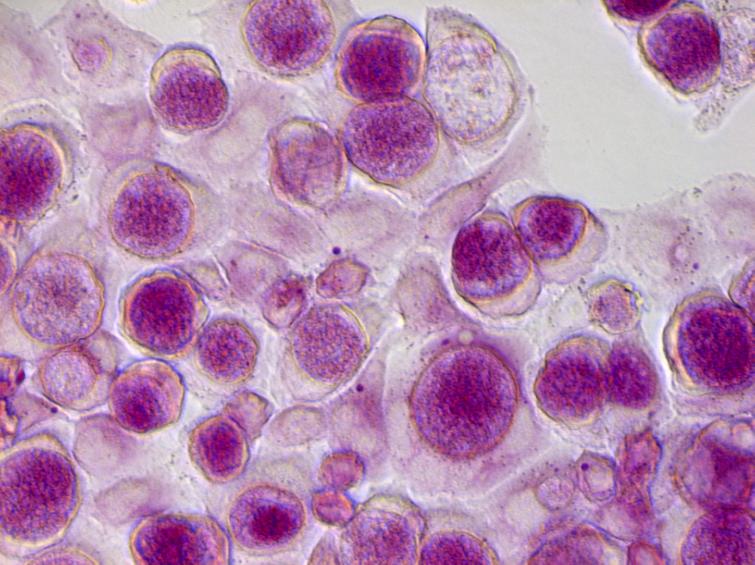
April 01, 2016
Bulletin interne de l'Institut Pasteur


How Chlamydia trachomatis hijacks energy stores from its host
A publication in eLife from researchers of the Institut Pasteur, CNRS, University of Lille and Indiana University (USA) explains the mechanisms by which the bacterium Chlamydia trachomatis hijacks nutrients of its host to its own benefit.
Chlamydia trachomatis is the most common bacterial cause of sexually transmitted infection. These infections are often asymptomatic and are a major cause for infertility. Chlamydia trachomatis is also able to colonize the eye, and the resulting inflammation is the leading cause of blindness by an infectious agent in several developing countries.
Many parasites do no live free in a host cell, but remain inside an internal compartment closed by a membrane, called a vacuole. The vacuole protects the parasites from some host defense mechanisms. However, it blocks direct access to nutrients, and the parasites must develop complex mechanisms to acquire those. In the case of Chlamydia trachomatis, it is known that the vacuole is rich in glycogen, an energy storage molecule made of sugar units.
In this work, researchers from the Institut Pasteur, CNRS, University of Lille and Indiana University explain the mechanisms by which glycogen accumulates around the bacteria